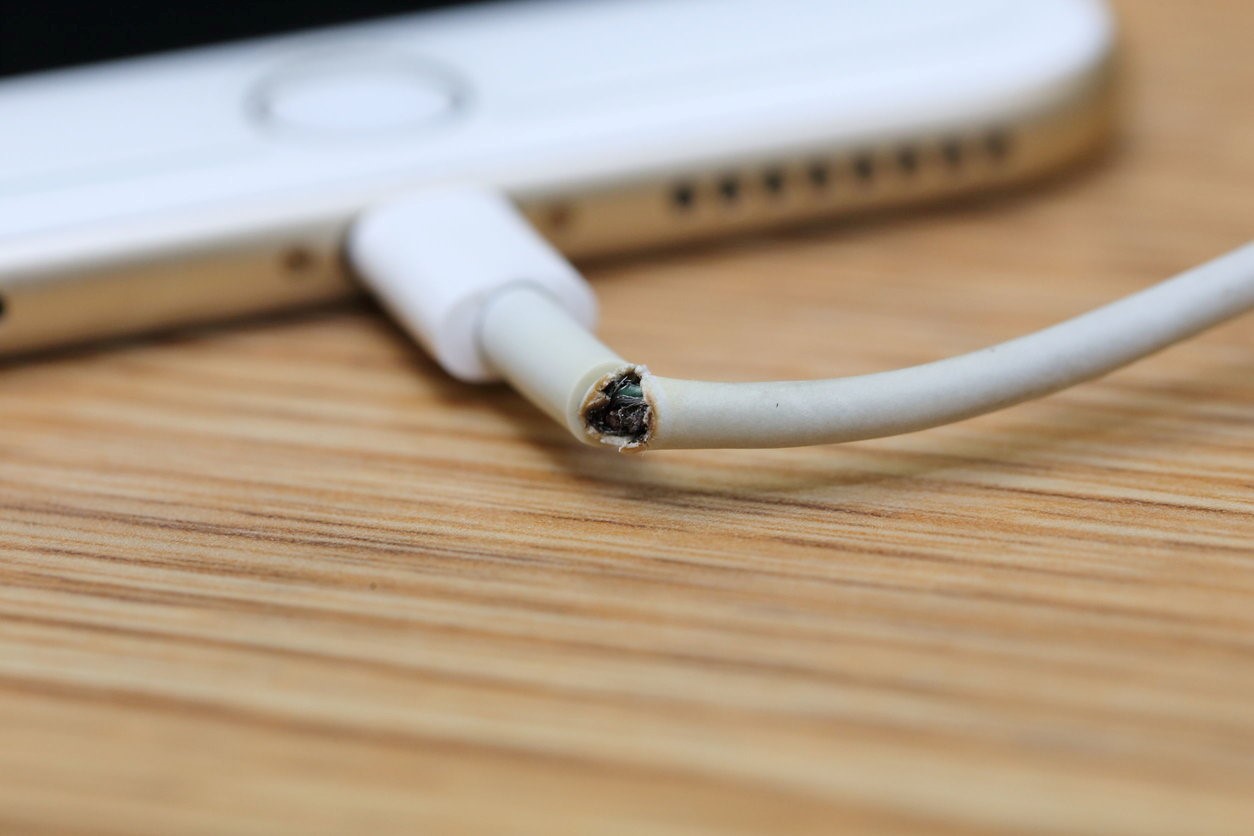
When problems arise due to shoddy products or harmful practices, why should different people have to make the same claim over and over again for the same result?
We’ve written previous posts about defective products: hoverboards that explode into flames, Keurigs that cause severe burns, etc. These injuries happen all over the country, and hundreds of lawsuits seeking compensation from one company or product sounds exhausting and unnecessary.
Well, it turns out that they are. Our legal system has a way to cut down on the number of lawsuits and award fair compensation to those that were affected, and it’s called a “mass tort.”
What Exactly Is a Mass Tort?
Let’s first define the word “tort.” A tort is simply a civil wrong that causes harm or loss to another. The injured party can file a lawsuit against the tortfeaser, the party responsible for committing the tort. The injured party may then be entitled to compensation for the damages that came as a result of the tort.
A mass tort brings together multiple plaintiffs who have a similar claim against one product, company, disaster, policy, drug, and so on. These plaintiffs do not have to physically meet throughout a mass tort claim. In fact, the plaintiffs do not have to file at the same time and may not all be named during the lawsuit.
If a lawsuit is successful and it is determined that the plaintiffs are entitled to compensation, more plaintiffs have a certain amount of time to file a claim and receive their compensation.
Class Action vs. Mass Tort
If you think a mass tort sounds a lot like a class action lawsuit, you are correct (for the most part). Class action lawsuits and mass tort lawsuits are very similar in that they both involve multiple plaintiffs coming together against one company or policy.
However, there are minute differences between the two lawsuits.
The biggest difference between class action suits and mass tort suits is how the plaintiffs are defined and treated. With a class action lawsuit, the group of plaintiffs must be certified and has to have experienced very similar damages.
Examples of class action plaintiffs include employees who have faced similar discrimination, customers who were overcharged for merchandise, or victims who experienced credit card fraud at a certain retail store.
Rules with mass torts are a little looser, since each individual has experienced different damages or injuries. Each individual plaintiff’s case is looked at more closely.
Examples of Mass Torts
You may be familiar with mass torts concerning medication or medical treatments that have resulted in disastrous side effects. Different victims experienced different side effects (or, in the case of Syngenta GMO Corn, different economic losses). These unique differences make this kind of lawsuit a mass tort.
But mass torts are not just related to medication. Below are the most common types of mass torts.

Mass Disaster Torts. Natural disasters (such as Hurricane Katrina) or man-made disasters (think BP oil spill) can cause a broad range of damages and injuries, resulting in a mass disaster tort.
Mass Toxic Torts. When a group of plaintiffs is exposed to a harmful chemical or substance, they can come together and file mass toxic tort. In this kind of claim, the plaintiffs must prove that they were exposed to the substance, and that the substance in question resulted in harm or damage.
These cases are tricky. Causation must be proven to win a toxic tort, but the damages from harmful substances are not always apparent until many years down the line.
The most common toxic torts include:
- Workplace exposure
- Home exposure
- Environmental exposure
- Pharmaceutical drugs
- Consumer products
The most common substances at the center of toxic torts include:
- Lead-based paint
- Pesticides
- Industrial chemicals
- Asbestos
Product Liability Torts. Product liability torts can be filed for many different reasons.
In certain product liability claims, the plaintiffs only need to prove that the product was defective – direct negligence by the manufacturer or seller does not need to be proven. Product recalls often spark this type of product liability tort.
Plaintiffs can also claim that damages were caused by defective communication (poor instructions, misleading information, and so on). This claim is often referred to as tortious misrepresentation. Issues regarding a product’s warranty may also result in a product liability tort.
These cases can take a long time, since the defense has the opportunity to file a counter-claim. In the counter-claim, the defense must prove that the injury was actually caused by the plaintiffs’ negligence or misuse of the product.

If you have suffered damage due to a defective product or natural disaster, you may not be alone. A mass tort lawsuit may have already entitled you to compensation for your injuries. Contact an experienced personal injury and product liability attorney today for a free case review.
About the Author:
Jeffrey Braxton is a trial lawyer in Fort Lauderdale who has devoted his 22-year career to the practice of personal injury law. As lead trial attorney for The South Florida Injury Law Firm, Jeff has litigated thousands of cases and is a member of the Million Dollar Advocates Forum, an exclusive group of attorneys who have resolved cases in excess of one million dollars.


